#ancient greek sculpture
Explore tagged Tumblr posts
Note
Hello friends 💔
I hope you find my message well. I am very sad to close the donation campaign I collected previously for banking reasons😭💔 🙏I came to you desperate to ask for support so that we can continue our lives for a better life. I feel sorry for asking this. We would like to donate 25€, to help us survive ❤️ 🩹 Thank you for your humanity and generosity
https://gofund.me/7922ea22
Images for reference:


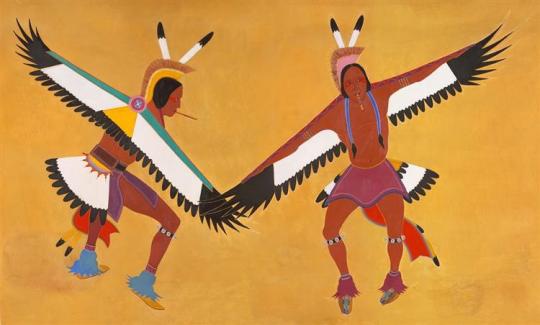

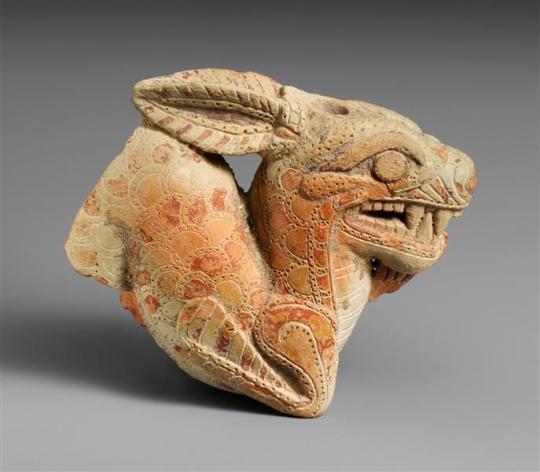
Liked this poll? Consider reblogging and/or donating to Ahmad's vetted campaign (#1)!
367/50000 (0,73%) as of today.
#palestine#free palestine#all eyes on palestine#free gaza#gaza#all eyes on gaza#asks#polls#art#artists#artists on tumblr#art history#undescribed#Souvenir of Mortefontaine#Camille Corot#Entrance to Subway#Mark Rothko#Two Eagle Dancers#Stephen Mopope#Moomin on the Riviera#Tove Jansson#Terracotta vase in the form of a Ketos#Ancient Greek Sculpture
20 notes
·
View notes
Note
Hello Dr. Reames, I was just curious, what do you think of the bust of Alexander by Leochares, do you think that this might be a true/faithful depiction of the king of Macedonia seeing as it was made during his lifetime? Or no?
So, I actually intended a longer answer to this, but I can't return it to the "asks" queue, because I accidentally posted it with a reply meant for another ask. So I'll give the short answer. But first, here is the Leochares bust to which the asker refers. It's perhaps better known as the Akropolis Head (of Alexander). It is, as you can see, the model for the old cover of Dancing with the Lion 1: Becoming.

So, how accurate is it?
Medium. It shows what we might today call photoshopping, because it's tweaked to better suit the traditional cannons of male ephebe beauty. The face is oval, the mouth small and bow-shaped, the eyes larger than average.
But it's still clearly an Alexander, not a generic ephebe. The hair is not as tightly coiled, for instance; the chin looks like his in other statues. The eyes, although larger, have similar eyebrows. Compare that statue to the Azara Herm, which may be the closest likeness.

So as long as we recognize it as "idealized" (which was very common in Greek statuary right into the early Hellenistic period), I'd say it's not a bad image. After all, I liked it enough to submit it as a model for the novel. :-)
#asks#Alexander the Great#Alexander statuary#Leochares#Acropolis Head of Alexander#Azara Herm of Alexander#ancient Greek sculpture
9 notes
·
View notes
Text
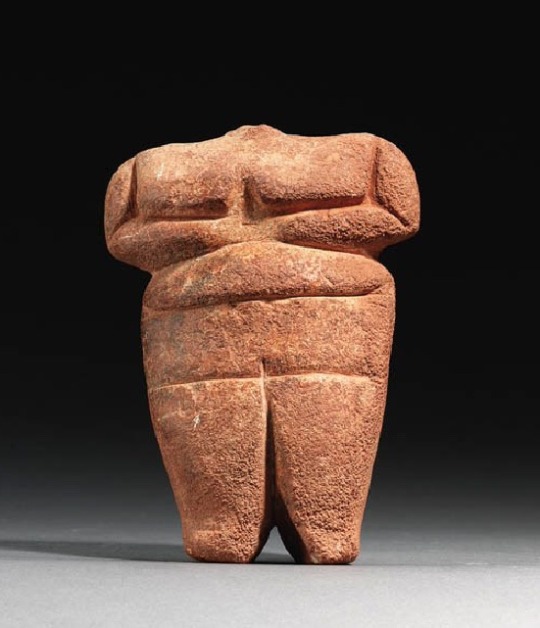
A NEOLITHIC MARBLE FEMALE FIGURE THESSALY, CIRCA 4500-4000 B.C.
The corpulent figure with her arms crossed below her breasts, the bulging midrift offset from the flattened waist by an incised groove, standing with her feet apart, her legs divided by a deep cleft. 5 in. (14.6 cm) high
#A NEOLITHIC MARBLE FEMALE FIGURE#CIRCA 4500-4000 B.C.#marble#marble statue#marble sculpture#ancient greek sculpture#ancient artifacts#archeology#archeolgst#history#history news#ancient history#ancient culture#ancient civilizations#ancient greece#greek history#greek art
127 notes
·
View notes
Text

Leaning Muse, Probably Polyhymnia
According to the description offered by The Walters Art Museum, the original statue behind this marble figure did not survive, but it gave inspiration to Hellenistic and Roman versions of it. The figure, dating back to the 3rd-2nd century BCE, depicts a muse, probably Polyhymnia, leaning to the side.
Photo source: 🏺
#ANTIGÜEDADES 💎#ancient history#ancient art#ancient greece#marble sculpture#ancient greek sculpture#muse#polyhymnia#id in alt text
23 notes
·
View notes
Text
Pygmalion



It was disillusionment that drove Pygmalion of Cyprus into self-imposed solitude; a deep and insurmountable dissatisfaction with the world outside. The carnal temptations and material decadence of society had lost their shine, and he no longer found any joy in the company of women or men.
Physical pleasures were fleeting, and no matter what distractions he pursued, the void inside him grew faster than he could fill it. He came to the bitter conclusion that he was doomed to a life of unhappiness, and finally, he turned his back on a world which no longer held any charm for him.
Vowing celibacy, the great sculptor retreated into his workshop, and in the peace and quiet of isolation, he lost himself in his labour. He told himself that he was happy - that he had no need of human companionship - and for a while, he believed it. His hammers and chisels were the only friends he needed, and his slabs of stone were the cosmogonic matter from which he would create his own universe.
In the middle of his workshop stood a crude block of alabaster, a rugged pillar as white as freshly fallen snow. The broadening of its midsection and the narrowing of its top - the subtle suggestion of a human shape - were the only clues as to its intended purpose.
“If the gods will not make a companion for me, I will make one for myself,” he promised.
He started at the base, and worked his way up with hammer and chisel. Scrape by scrape, blow by blow, centimetre by centimetre, he committed his vision to stone.
The feet, frozen in mid-step. The strong yet supple legs. The well-proportioned groin, where the hard angles of the pelvis transitioned into the soft curve of the belly, and where the manhood was enthroned. The sturdy back, widening into broad shoulders. The elegant ridge of the collarbone, the vulnerable hollow of the throat. The strong arms, tapering to graceful hands. With rasps and files, he agonised over each finger, desperate to perfect each nail.
The days turned into weeks, and the weeks into months. He barely left his workshop. He neglected his duties to friends and family, his commitments to his community, his prayers to the gods. As the sculpture took shape, the world outside faded from existence - the former coming into sharp focus while the latter lost all meaning.
Finally, he arrived at the head - the most difficult challenge of all, for it required not just accurate proportions, but a lively expression. With masterful precision, he carved out the fine details. Every tress of hair was a separate work of art, every contour an act of love. He delighted over the delicate lips, the elegant nose, the large eyes demurely downcast, half-covered by lowered eyelids. The slight asymmetry of the statue’s facial features only increased its beauty.



At long last, the statue was complete. There were no defects left to correct, no rough patches left to abrade - nothing to do but stand back and survey the fruits of his labour. The figure of a young man stood in a languid pose, gazing into the distance, his limbs forming long and alluring curves.
It was an image of perfection, yet the sculptor found no satisfaction in it, only frustration. He had been proud of the statue’s skin, its smooth grain and ivory lustre a testament to the skill of its carver. But now, that same smoothness angered him. It was too empty to the touch - it lacked the fine hairs, the variations in texture, the bumps and scars and random moles - everything that made human skin feel like human skin.
What he had created was not true beauty, but a soulless facsimile of it. There were no lungs to draw breath, no heart to beat, no veins to carry blood. No breath flowed from its nose - the nostrils were simply shallow impressions, dead-ends which led nowhere. The blank eyes stared lifelessly at nothing. The lovingly crafted genitalia were unresponsive to the touch.
He began to hate the statue - hate it as much as he adored it. He yearned to grab a hammer and smash it to pieces, but he couldn’t bring himself to destroy months of meticulous carving.
Once he’d grown tired of hatred, he began to love again. The statue may have been stone, but it could still be treated as flesh.
As if the frigid rock were a blushing maiden to be wooed, Pygmalion began to lavish it with gifts and adornments. Around its shoulders, he draped a robe of the most opulent design, richly embroidered with golden threads. Around its neck, he hung pearls and gems and seashells. At its feet, he laid flowers and fruits.
When these offerings garnered no response, he imagined that his lover was displeased. He removed the statue from its podium and, with great care, carried it to his bed. He laid it down upon the softest cushions and most luxurious fabrics that his fortune could buy; and he lay beside it, and stroked its carven face, and whispered tenderly to it.
Galateos, he named it: the milk-white one.
He fancied that the face was a mask, and that all he had to do was remove it and he would behold the face of his beloved. But it was only a fancy - he knew that no soul inhabited this rock, and that no life lay beneath the sculpted surface.
Cold was Pygmalion’s bed, for cold was his lover - even his embrace could not impart warmth to the stone.



Duty dragged the miserable celibate from his place of seclusion, compelling him to attend the festival of Aphrodite. The sacred flames had been lit, and the temple burned as bright as a beacon in the night. Worshippers revelled upon the stone steps and around the painted columns, their songs of prayer mixed with drunken celebration. Pygmalion could not bring himself to join them.
He muttered invocations in Her name and burned incense at Her altar, but his heart lay elsewhere. His true altar was a bed of silk sheets, and his true god was carved from snow-white alabaster. Pygmalion ached to worship him.
As he knelt before the marble statue of Aphrodite, and looked up at the majesty of Her divine countenance, he was gripped by a sudden, unbearable sense of loneliness. Of desolation.
“Heavenly Aphrodite!” he cried out in despair. “I can endure this life no longer. My only companion is made of stone, and cares nothing for me. He does not return my affections. Without human touch, I cannot survive. I beg you - grant me a companion as perfect as my creation. For there is no human on this earth more lovely than my masterpiece.”
No response came from the marble visage, whose beauty was unmatched among both deities and mortals.
Pygmalion fled the festival before its conclusion. Eager to escape the crowds and noise, the singing and dancing, the pounding drums and blazing fires. Eager to return to his beloved, his Galateos, whom he knew was waiting faithfully.
He hastened back to the darkness of his workshop - his silent sanctuary, where Galateos lay in repose amid flowers. Approaching the shadowy bed, Pygmalion knelt above the motionless torso, and breathed upon its chiselled lips.
“How can I live without you?” he whispered, and kissed the stone mouth.
But it wasn’t stone that greeted him. The lips which he’d expected to be cold and hard, were instead warm and soft. They bestowed a slight moisture which lingered upon Pygmalion’s own lips.
Pygmalion stumbled backwards with a cry. As the shape on the bed began to stir, he hurried to the brazier of smouldering embers, and revived the flames, casting light upon the bed and his creation.
What he saw was a young man of flesh and blood, awakening from slumber, rubbing the sleep from his eyes. His skin, which had once been pure white, had adopted a natural pinkish hue, though still pale. His hair fell in long, dark brown curls which framed his charming face and brushed his exquisite shoulders.



As Pygmalion looked on in wonder, Galateos sat up in bed, his naked limbs rearranging themselves gracefully upon the cushions. He looked at his creator with large eyes - no longer white, but Elysian green.
“Kyrios,” he said. His voice was as sweet and soothing as honey. “Come to me.”
Pygmalion staggered towards him with arms outstretched.
“Impossible,” he said, “Impossible!”
In disbelief, he touched the now-living body - every contour of which he had memorised - and found it both familiar and unfamiliar. The skin was now textured with hairs and a scattering of freckles. The thighs were now soft and inviting. The manhood was now nestled amid small, dark curls - it flushed and swelled before his very eyes.
“How can this be?” the carver exclaimed.
Frantically, he slid his hands over Galateos’ sleek chest, feeling it rise and fall, feeling the heart beating beneath its ribs. He grabbed at the elegant throat, and found a pulse already quickened with excitement. He hesitated to proceed further.
“Don’t be afraid,” said Galateos. “Touch me.”
Pygmalion ran his hands through the long dark hair, marvelling at its texture, treasuring the individuals strands as they flowed between his fingers. He cupped the beautiful face between his hands, and gazed intently into the green eyes, which reflected the firelight. He let go.
“Am I dreaming?” he demanded.
The young man laughed and shook his head, his long tresses swaying and caressing his neck in a beguiling way. Pygmalion could feel the gentle puff of his breath.
“No. You have awoken, and so have I. Now come to me.”
Pygmalion’s linen chiton was fastened at one shoulder. Galateos unpinned it, and let the garment fall to the floor, forgotten. He took the sculptor in his arms, and then in his hands, and eventually in his mouth - enveloping his manhood in warmth and wetness. With his loving tongue and his stroking fingers, he brought him to the point of release, and drew forth a flow of ecstasy that left Pygmalion gasping; but he knew there was more to follow.
The night was still young. With a smile, Galateos lay back upon the cushions, and spread himself in invitation, and guided his creator to paradise.



#aneurin barnard#pygmalion#galatea#ovid#ovid’s metamorphoses#ancient greece#ancient greek sculpture#sculpture#aesthetic#fanfic#fanfic request#smut#fanfiction
14 notes
·
View notes
Text



A new scene, flooded ruins of amphitheatre. Eh, overdid it with the waves. Carved shell fragments, stone, quartz sand and resin in a spisula shell.
#amphitheatre#arena#ancient greek#ancient rome#ruins#sea shells#sea#flooded#underwater#ancient ruins#epoxy resin art#resin#miniature#diorama#miniature sculpture#carving#beach combing#spisula#my art#art#seascape#amphitheater
6K notes
·
View notes
Text

Eastern greek fluorite carved idol: Owl.
4th - 3rd century BC.
Private Collection.
#found#art#sculpture#ancient art#antiquities#classical antiquity#owl#owl art#Greek#ancient greece#ancient greek#fluorite#pre christian art#SuperbOwl
4K notes
·
View notes
Text

~ Nike.
Date: ca. 190 B.C.
Place of discovery/origin: Myrina (tomb 112 B), Greece
#ancient#ancient art#history#museum#archeology#ancient sculpture#ancient history#archaeology#ancient greek#greek#myrina#figurine#nike#ca. 190 b.c.
2K notes
·
View notes
Photo
Rather Roman-era relief sculpture from the Greek city of Aphrodisias, Asia Minor (now in Turkey). Greeks and their culture and art did not disappear during the Roman times, on the contrary Greek cities of Asia Minor like Aphrodisias flourished culturally and artistically during the first two centuries of the Christian era.

Penthesilea
Achilles supports the dying Amazon queen Penthesilea whom he has mortally wounded. Her double headed axe slips from her hands. The queen had come to fight against the Greeks in the Trojan war and Achilles fell in love with her. Roman relief sculpture, Aphrodisias, Turkey.
94 notes
·
View notes
Text

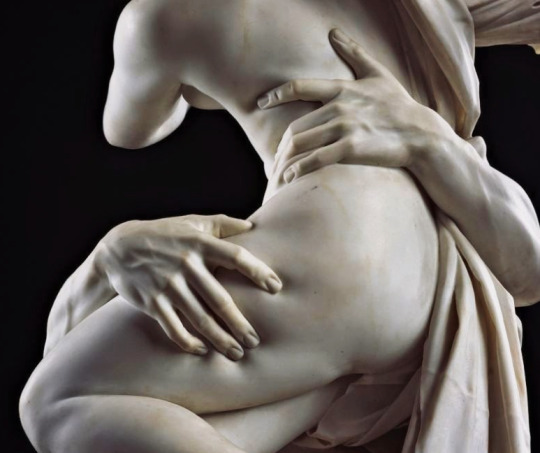

The abduction of Proserpina, Gian Lorenzo Bernini, 1621-22
#art history#art#italian art#baroque#aesthethic#marble#sculpture#greek mythology#roman mythology#proserpina#persephone#hades#gian lorenzo bernini#bernini#galleria borghese#ancient greece#pluton#17th century
3K notes
·
View notes
Text

Ancient Greek girl dressed in Ionian fashion based on the statue Kore 675 found in the Acropolis of Athens
Art by capelinssm
529 notes
·
View notes
Text

Stone carved Medusa from the Temple of Apollo at Didyma in Turkey.
#Stone carved Medusa from the Temple of Apollo at Didyma in Turkey#Temple of Apollo#Didyma Turkey#Medusa#stone statue#stone sculpture#ancient artifacts#archeology#archeolgst#history#history news#ancient history#ancient culture#ancient civilizations#greek history#greek art#ancient art
3K notes
·
View notes
Photo
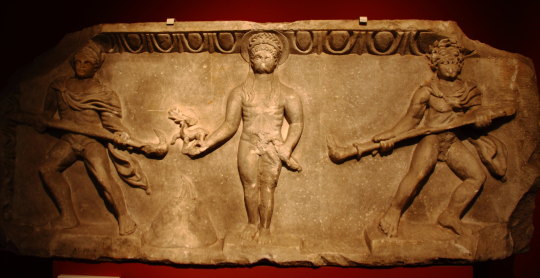
Relief depicting Apollo - made out of marble and dating back to the year 175-200 A.D., this relief shows Apollo between two torch bearers. This object was found on the rear facade of the stage building of the theatre in Miletus.
Photo credit: Leonardo
#ANTIGÜEDADES 💎#ancient art#ancient greek art#ancient greek sculpture#ancient relief#apollo#apollo relief#apollo cult
51 notes
·
View notes
Text

Bronze head of a goat. Artist unknown; 3rd-1st cent. BCE (Hellenistic period). Now in the Cleveland Museum of Art. Photo credit: Cleveland Museum of Art.
#classics#tagamemnon#Ancient Greece#Hellenistic period#art#art history#ancient art#Greek art#Ancient Greek art#Hellenistic art#sculpture#metalwork#bronzework#animals in art#goat#goats#Cleveland Museum of Art
902 notes
·
View notes
Text


Same gorgon statue different view from the Archaeological museum of Paros
#greece#ελλάδα#greek museums#ελληνικά μουσεία#ancient greece#αρχαία Ελλάδα#statue#sculpture#Archaeological Museum of Paros#Paros#Πάρος#αρχαιολογικό μουσείο Πάρου
224 notes
·
View notes
Text

The Temple of Hephaestus in Athens, GREECE (detail)
#sculpture aesthetic#sculpture#dark acadamia aesthetic#dark academia#art#romance#romance aesthetic#light aesthetic#aesthetic#aestheitcs#column#ancient greece#architecture#temple of hephaestus#athens#ancient greek#griego ancestral#greece#europe#artists on tumblr
263 notes
·
View notes